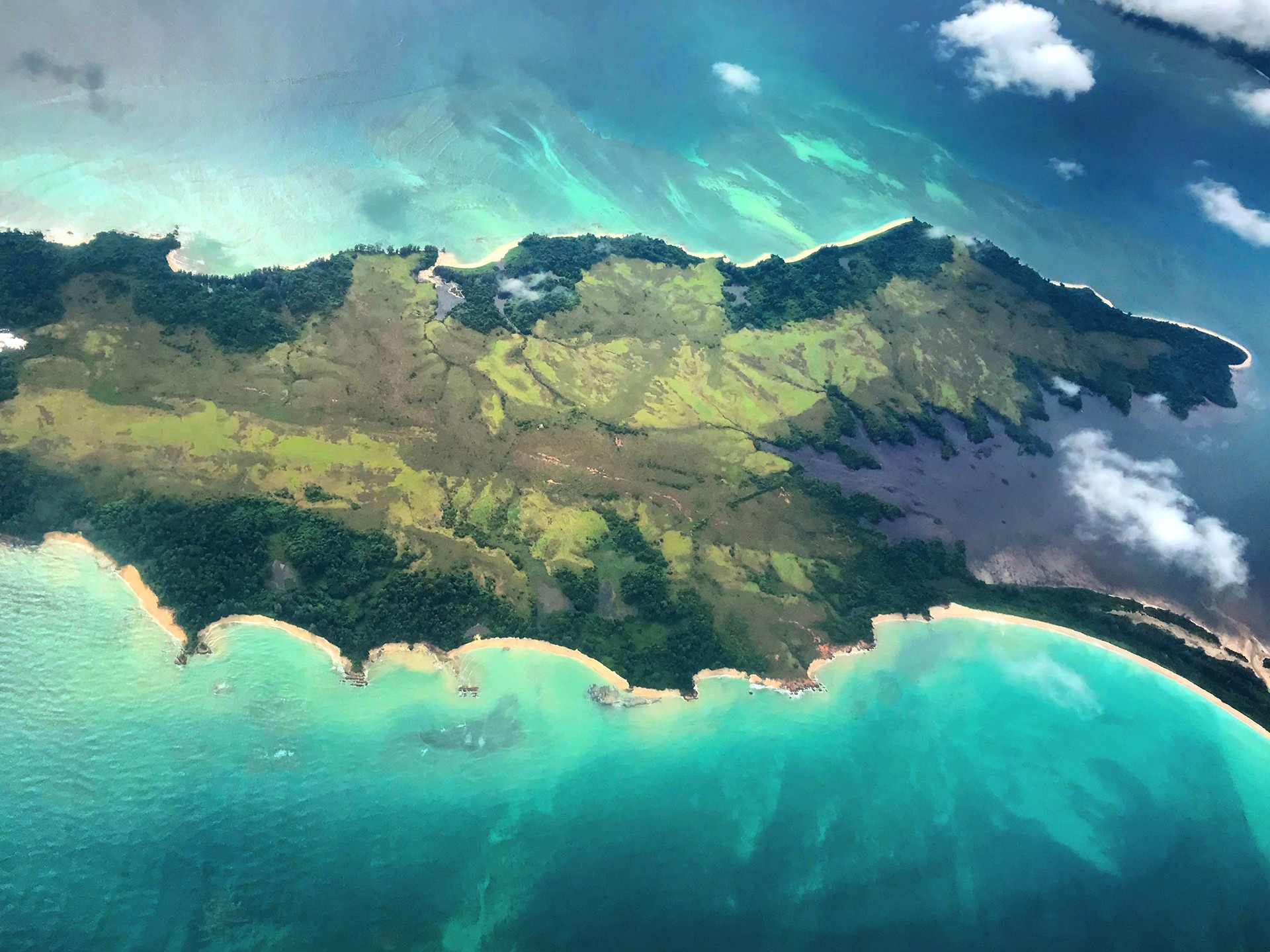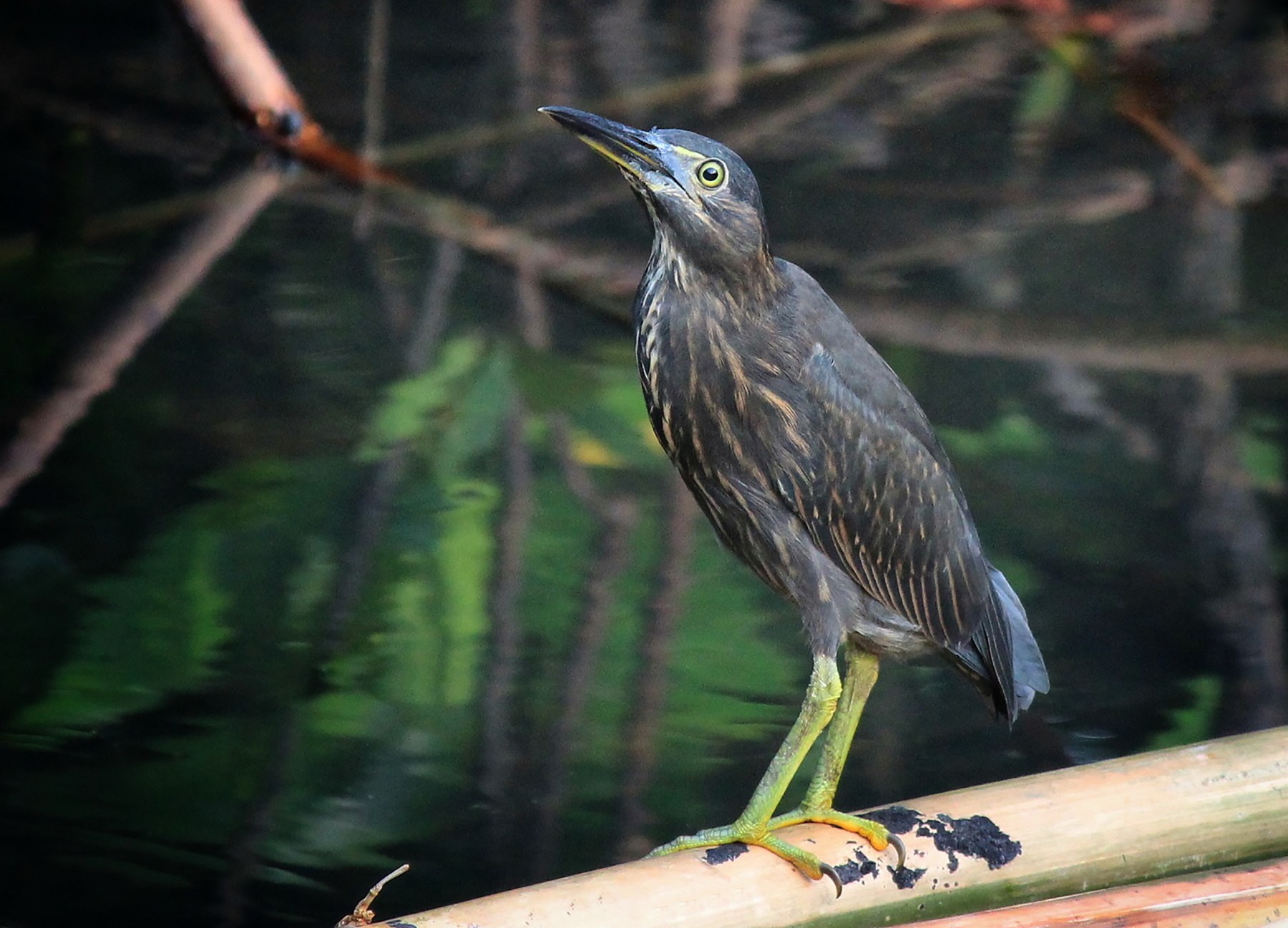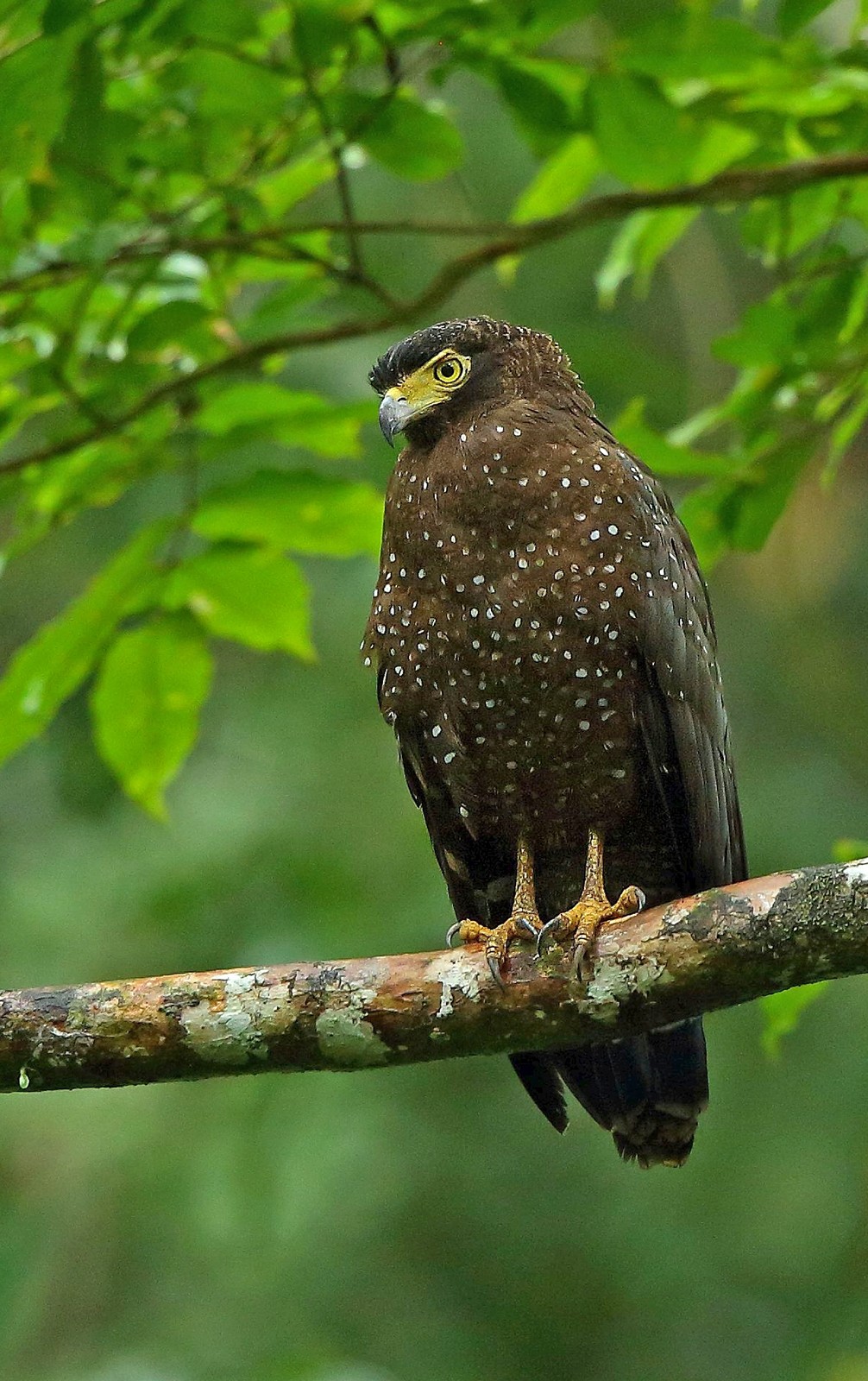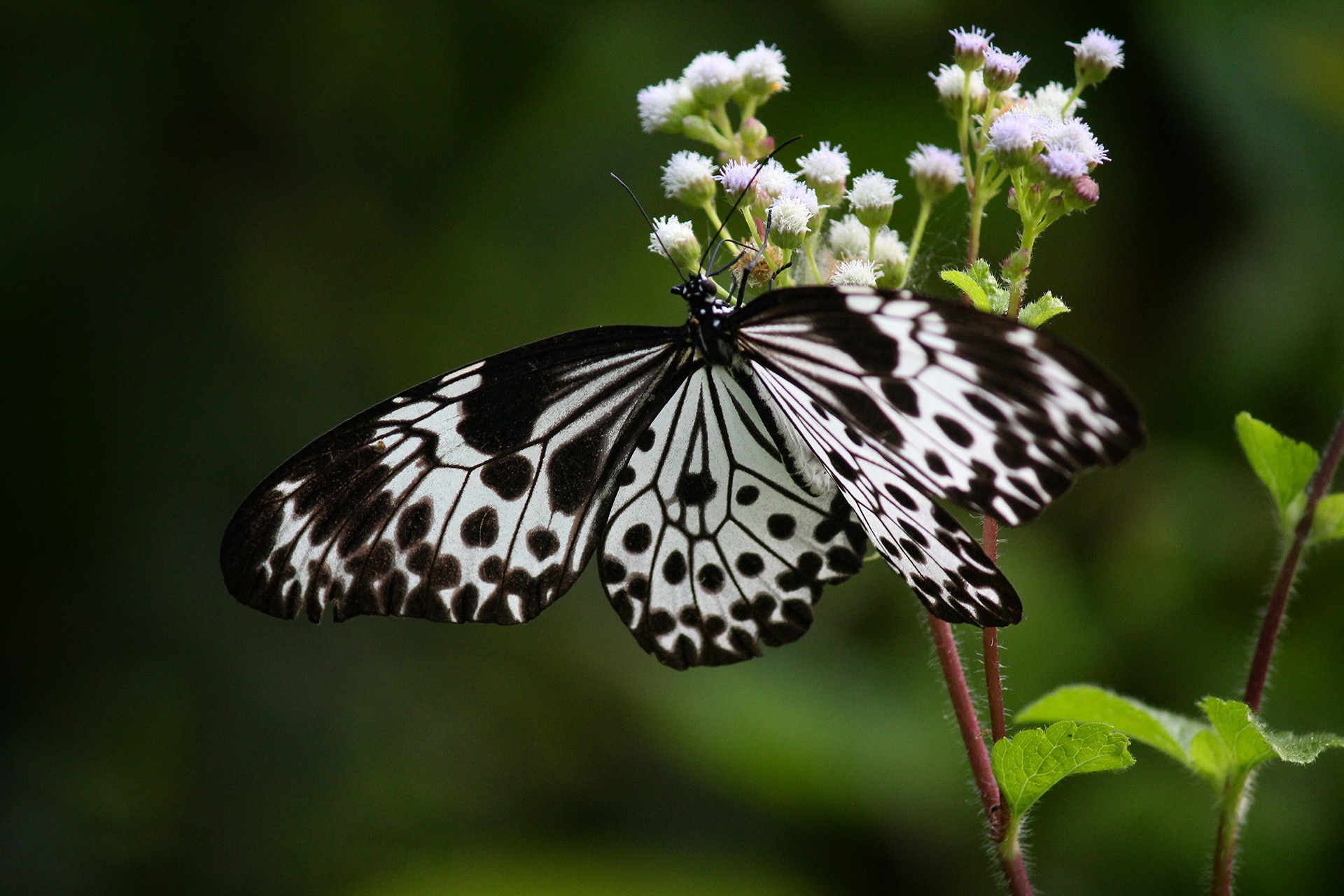This is the fourth story in a series of articles on the Andaman Islands launched by Nature inFocus, in an attempt to showcase the natural history of these islands from the unadulterated perspective of its unique biodiversity. Each article from the series is titled with a line from J.R.R. Tolkien's Lord of the Rings poem - “All that is gold does not glitter."
In the Andaman islands, there is a sense of uniqueness that is so obvious to the outsider and yet so unremarkable for the islander. Imagine this. You wake up one morning at your rainy home in the mainland, where you have lived for years, drink coffee looking at the barbet calling from the mango tree, the squirrel running along the boundary wall of your house, and a lesser coucal hopping at the gate. You might even see a family of mongoose disappearing through a hole they’ve dug. Three to four hours and an eastward plane ride later, you are in a place that should logically be similar to your home but looks completely different even as the plane lands. A few trees that you know as squat and gnarled now grow tall and slender. Species that you expect to see in such tropical forests – giant squirrels, macaques, hornbills – none exist here. Then you start noticing all kinds of quirks in species that you see. You see a coucal cross the road. It walks in its usual awkward manner, almost in denial that it can fly, but its glossy black body is here a biscuit brown. The whole experience feels a little like the first time you ate a KitKat packed in a different country – the wrapper says it’s a KitKat, it looks like a KitKat, but it tastes nothing like the KitKat you know.
Why are there so many species? And why are species found where we find them? Questions about species diversity have fascinated ecologists for centuries. The nature of the habitat and the ability of species to move between them are strongly linked to the earth's history. Let’s zoom out a bit.
Glaciers in the poles expand and contract in cycles that last tens of thousands of years, causing cold glacial and warmer interglacial periods. In the cold glacial periods, northern latitudes get covered by large glacier sheets, resetting several ecosystems to nothingness. In the peak of the last glacial period, about 26,500 years ago, these polar ice caps covered the land as far south as Manhattan. Several species of temperate plants and animals went extinct in the glacial period because their habitats got too cold. Animal species that can travel large distances escaped the effects of the glacier by moving to warmer climates in the south. In the warm interglacial period, the opposite is seen when cold-adapted species move northward or upward in latitude.
Tropical habitats and their species are not directly affected by the glaciers because they don’t extend so far. However, these cycles have other consequences on tropical biodiversity. At the peak of the last glacial period, the temperatures were 10 degrees colder than now and because a lot of the terrestrial water was frozen at the poles, sea levels were 125m lower! In general, island groups like the Andaman Islands have more land in the glacial period and the islands are more connected to each other. In the warm interglacial periods, many of these land connections disappear under the sea and islands get disconnected.
When islands get disconnected, populations that were once interacting and mating regularly get disconnected. For species that don’t move very much, like ground birds, reptiles and understory trees, islands serve as discrete habitats; watertight compartments where populations evolve independently. Individuals on an island don’t meet or mate with individuals from another population. Small differences in characters, like a slightly larger size or a slightly different body colour or a slightly different seed, between the populations could get reinforced by this barrier. Over generations, populations in different islands could become more and more distinct from each other. What happens to these divergent populations in the next glacial period?
Islands that are small and disconnected in the warm interglacials become larger and more connected with other islands during the glacial period, allowing species to move between them. Disconnected populations that evolved separately in warm times can now interact with each other in glacial periods. Two populations evolving independently, blind to the changes in the other population, now interact. In the case that they do breed with each other, their differences even out and the two populations collapse back into the same species. Often, however, the differences in the two populations allow these extreme individuals to eat different resources. For instance, the largest of the slightly larger birds eat seeds of a different species while the smallest of the slightly smaller birds focus on a different species. In that case, being different puts both these extremes at an advantage because they do not compete with each other anymore. Over generations, these extreme individuals mate more amongst themselves and have more numbers of extreme offsprings. Eventually, this could lead to the formation of two distinct species or speciation.
Although speciation can happen in different ways, this linking and delinking of habitats speeds up the process, making it a speciation “pump”. Because of this pump, such islands are where you would find endemics, or species unique to that location. The Andaman islands have a large list of endemics across all groups of life – the Andaman Serpent Eagle, the Andaman Green Bronzeback snake, the Andaman Tree Nymph butterfly and even the Andaman Forest Rat that steals coconut oil from your room. These species may be related to common species found in mainland India or South-East Asia and they may have similar ecological roles, but due to their isolation from their relatives, they now look a little different, sing a little differently and maybe prefer a different brand of coconut oil.
The glacial cycles also affect cold-adapted species living atop mountains. In cold periods, they can exist in lower altitudes, but in warm interglacial periods, their ranges shrink to tops of mountains, whimsically called sky islands. As far as these species are concerned, anything apart from the sky islands is inhospitable lava. So, instead of the sea creating barriers between the populations, inhospitable temperatures and habitats stop them from mixing. Thus, although not physically far from each other, sky islands serve as discrete habitats where populations evolve independently. The sky islands of the Western Ghats are habitats for many rare endemic species.
But why should you care about how some species spread themselves across forests? These studies matter because, now, well into a new interglacial period, the global climate is increasing beyond the bounds of these glacial and interglacial cycles largely due to human activity. With this increase, species ranges keep shifting upward and northward and become increasingly disconnected. These disconnects can lead to rapid extinctions because small populations are more vulnerable to disasters, diseases and inbreeding. This is not just a distant possibility. An analysis of North American temperate forests showed that with predicted rates of warming, 59% of natural habitat will be disconnected from similar habitats by 2099. In tropical islands like the Andamans, along with hotter days, the sea is also rising slowly. Where will the endemics go?
One night at the field station in South Andaman, I was walking back to my cottage after dinner, when two yellow eyes stared at me from a few metres ahead. It was a Palm Civet, an endemic subspecies and one of the very few mammals native to the islands. It looked at me in the eye, having staked a claim to the land a millennia before me, and slowly walked away into the darkness, beyond the reach of my torch beam. I fear I won’t see one again.
To read the next story in the Andamans series click here.





